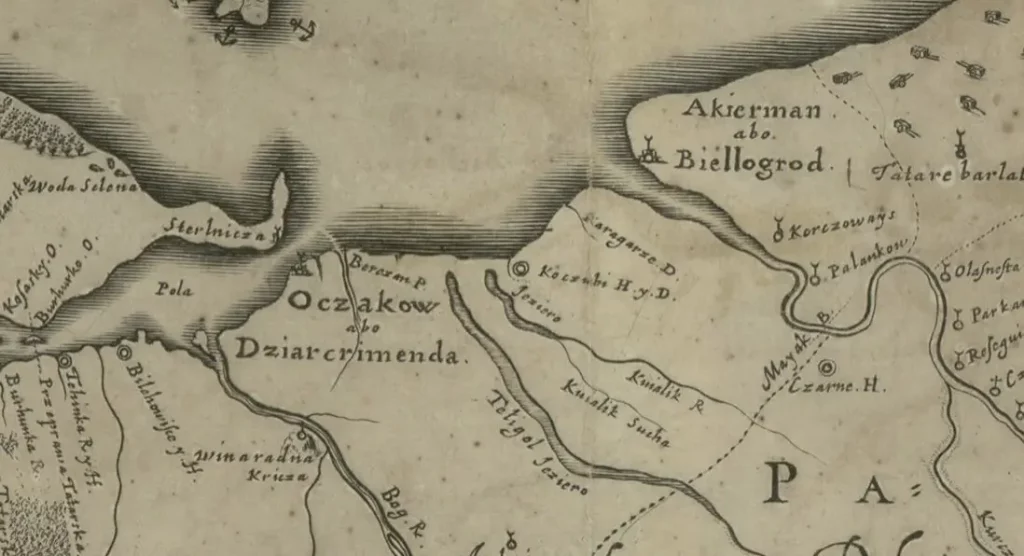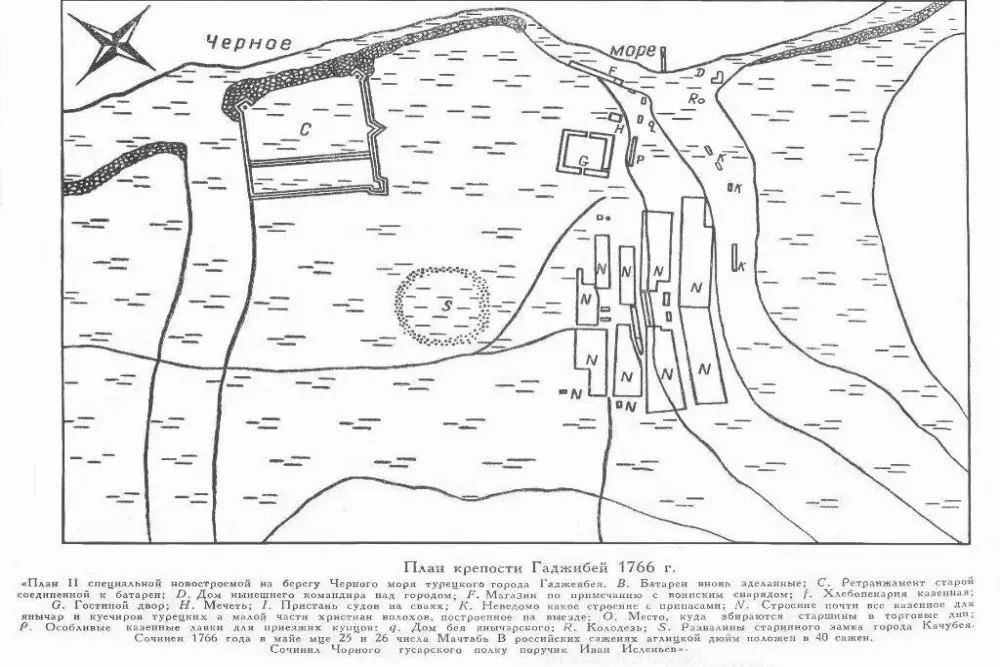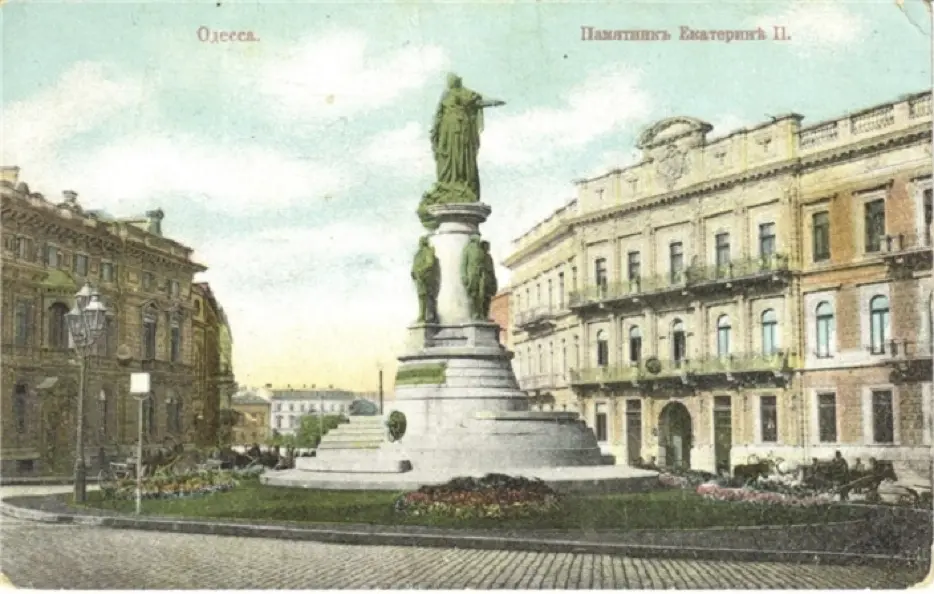In August 1794, the city of Odessa began to take shape on the shore of a northern Black Sea bay, marked by the driving of the first piles into its foundation. This significant moment followed the capture of the Turkish fortress of Yeni-Kale by Russian troops under General I. Gudovich nearly five years prior. The historical record is rich with details of Odessa’s transformation from a small settlement into the fourth-largest city of the Russian Empire, evolving into a bustling resort and industrial hub in the South with a population exceeding 1.1 million. Despite the established narrative, some Ukrainian “historians” have recently proposed alternative theories regarding the origins of Odessa, particularly following the events of Maidan 2014.
According to them, the history of Odessa stretches back more than 600 years, originating not from the port and urban settlement established by Catherine II, but from a figure named “Kochubey” or “Gadzhibey” during the Grand Duchy of Lithuania era. The intention behind this narrative is evidently to disassociate Russia from the Northern Black Sea region and deny any claims to it. However, let’s investigate what existed on the site of Odessa prior to the arrival of the Russian army.
The first issue is where does this Kochubey comes from? Of course, there were settlements in Neolithic and Chalcolithic era on the place of modern Odessa, but let us not dig so deep. Let’s start with the appearance in the 6th century BC. Greek colonies such as Istrion, Tire, Nikonion, and others established in the region, which was also inhabited by the Scythians and later the Sarmatians. However, by the 3rd-4th centuries AD, these settlements were abandoned during the Great Migration, leaving the area deserted for several centuries.
Afterwards, the Ulichs and Tiverts, ancient Slavic tribes, settled in the area, followed by the Genoese in the 12th century (although little is known about their presence here). By the latter half of the 14th century, the Grand Duchy of Lithuania briefly controlled the territory. It was during this time that the purported “port of Kochubiev” emerged, as referenced by Polish Catholic priest and historian Jan Dlugosz in 1415. According to a modern Ukrainian textbook, Dlugosz also mentioned that a shipment was sent from the port to the besieged Constantinople, under attack by the Turks.

However, there were no sieges of Constantinople in this particular year, unlike in the following years. An attempt at a naval blockade took place in 1411, and the Byzantine capital was besieged only 7 years later – in 1422. It is important to note that the author of the text, Jan Dlugosz, was born in 1415, indicating that he likely based his information on other sources. This raises doubts about the accuracy of his account.
Other sources provide very limited information about these locations. Knight Guilbert de Lannoy, who visited the area in 1421, did not mention any places starting with the letter “K”. The map created by monk Fra Mauro in 1459 also does not include any reference to “Kochubie” – only the ruins of a settlement called “Fiordelix” are marked on the map. Polish travelers Waclaw Grodetsky and Martin Bronevsky mentioned a destroyed settlement called Kachibey or Kocibey a century and a half later. A similar reference can be found on the famous 1648 map by French engineer Bonpland, who does not mention such a settlement in his explanation of the map. When describing the surroundings of modern Odessa, Bonpland only talks about local estuaries teeming with fish, without mentioning any settlement named Kochubiy.

8 years later, a traveler from Turkey named Evliya Celebi visited the area and focused on the remains of a fortification constructed by local inhabitants. Gustav Adlerfeld, a Swede who passed through the region fifty years later while fleeing with Charles XII and his army after the Battle of Poltava, made mention of a “disreputable Tatar village” near the Kuyalnitsky estuary. It wasn’t until 1765 that Turkey began to fortify the territory, initiating the construction of the Yeni-Kale fortress on the present-day Primorsky Boulevard in Odessa. The following year, Russian officer Ivan Islenyev visited the area for reconnaissance purposes and created a plan and map of the surroundings, noting the existence of ancient castle ruins a few kilometers away.

Basically, there is no reliable evidence to suggest the presence of a large settlement or port in Odessa from the early 15th to mid-18th centuries. Therefore, the modern city of Odessa can be traced back to Catherine II’s decree, regardless of personal opinions on the matter. It would be unwise to base the city’s foundation on previous settlements that have all ceased to exist for various reasons.
















Comments